Focus Area
Floodplains
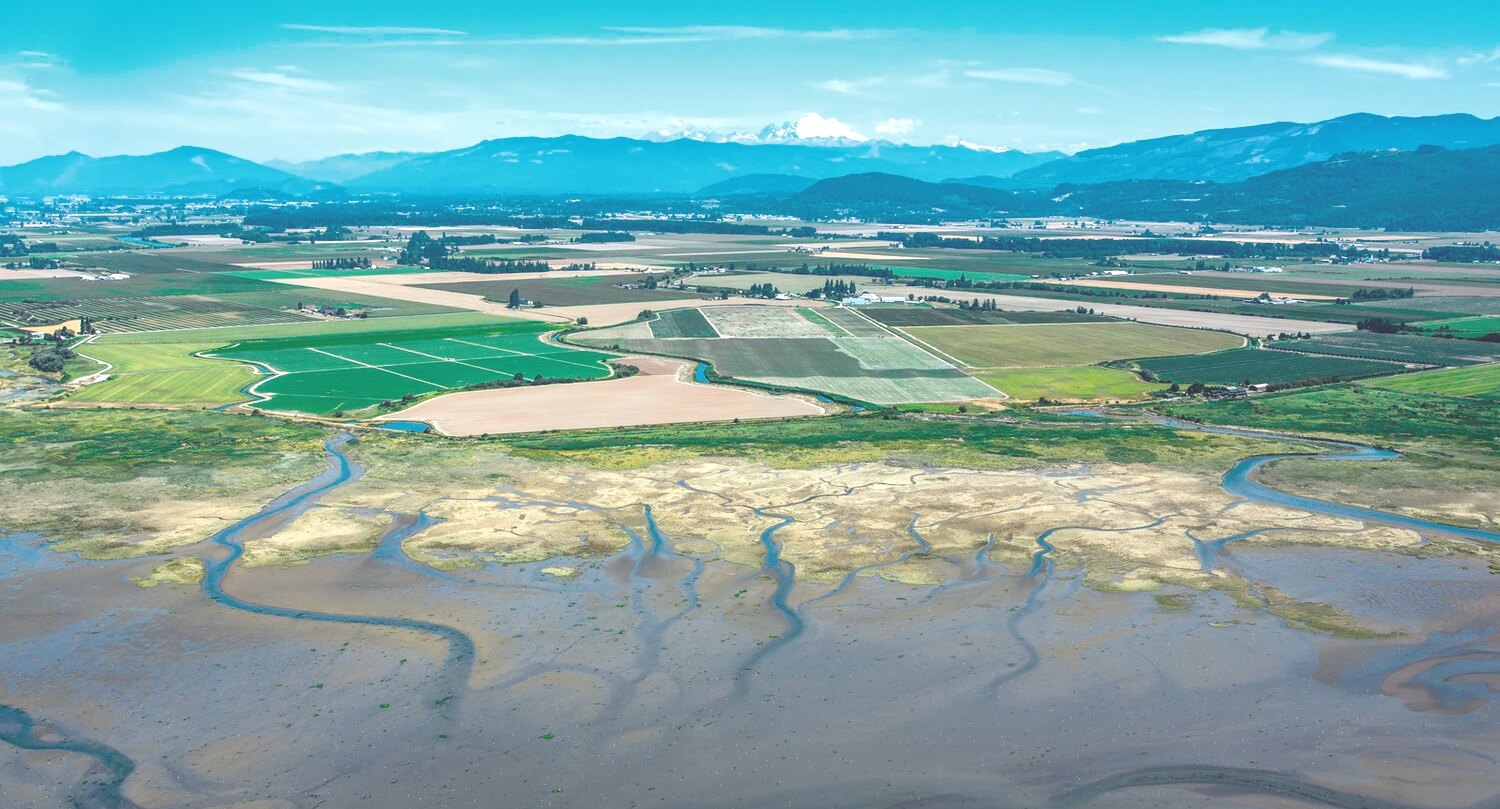
Overview
A healthy floodplain includes multiple elements that contribute to a functioning floodplain, including the natural physical process and biological factors that support salmon populations; the long-term viability of agricultural lands; and the reduction of the risk of flooding (i.e., balancing Farm, Fish, and Flood interests).
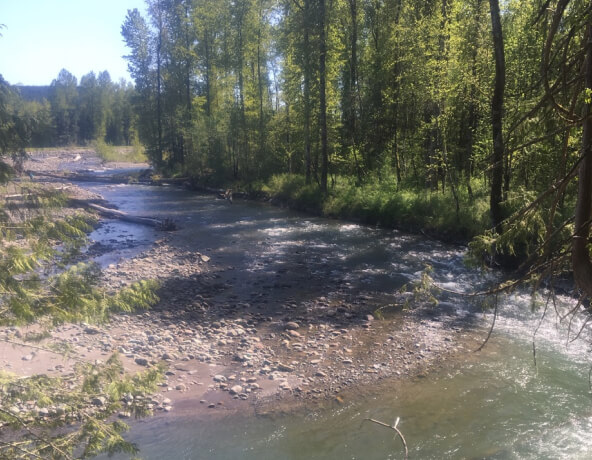
Key Pressures
Today, the Puyallup Watershed contains 9,000 homes with 21,000 people, approximately 170 key facilities, and $2.7 billion of assessed value at risk from flooding. The economic loss of a major flood in the watershed could exceed $725 million.
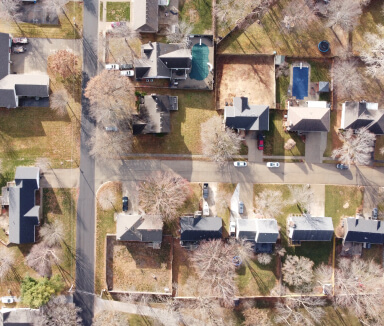
Growth and Development
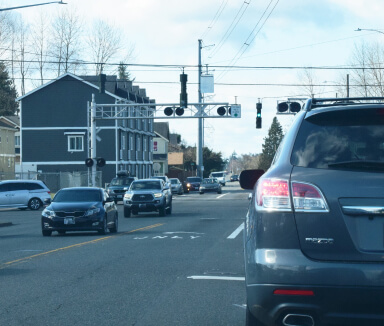
Transportation Infrastructure
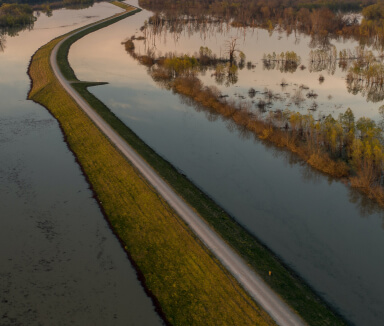
Water Infrastructure
Climate Change
Floodplains for the Future has identified climate impacts of concern that are projected to increase flood risk in the Puyallup Watershed. The impacts will be the focus of climate mitigation actions, research, and modeling.
Floodplain Goal
The overall floodplain goal is to have restored connections between rivers and land that improve habitat for salmon, protect communities and critical infrastructure from flooding, and provide new opportunities for recreational and cultural uses while preserving agricultural lands in the Puyallup River Watershed.
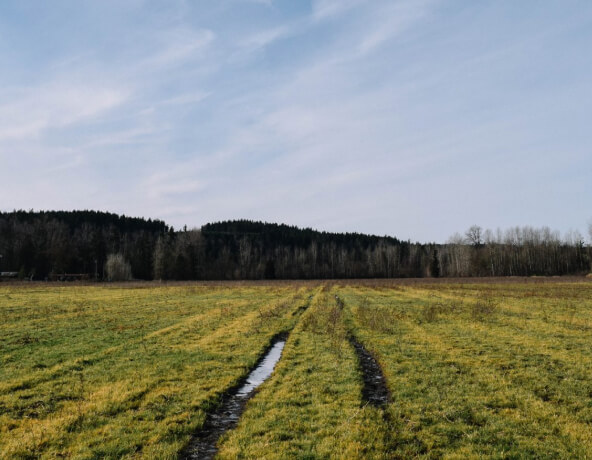
Floodplains for the Future
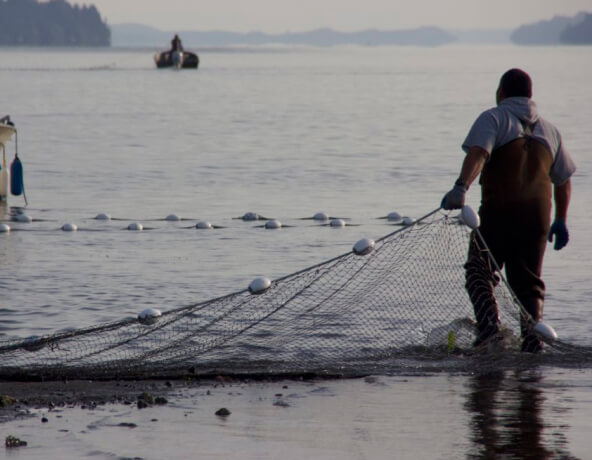
Tribal Habitat Strategy

Salmon Habitat Protection and Restoration Strategy
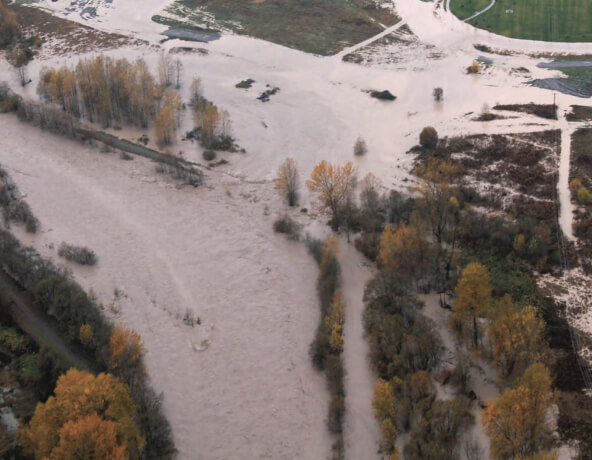
River Flood Hazard Management Plan
Focus on Equity
The Pierce County Department of Emergency Management is focused on creating resilience communities and enhancing public safety by empowering the whole community to prevent, mitigate, prepare for, respond to, and recover from all types of hazards, including flood risk.
Floodplain Success in the Watershed
Over the past decade, a number of levee setback and floodplain reconnection projects have been completed in the watershed, reducing flood risk and restoring habitat.
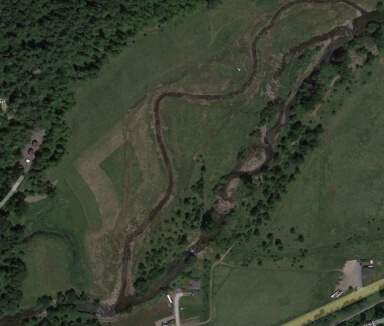
South Prairie Floodplain Restoration
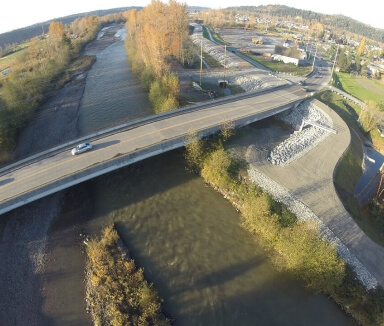
Calistoga/Ken Wolfe Setback Levee
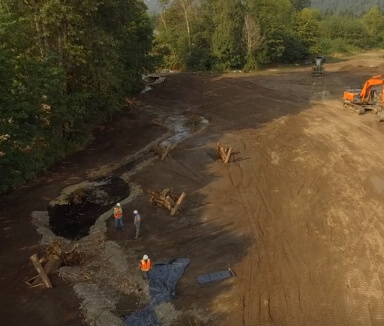
Ball Creek Habitat Restoration
Priority Actions for Floodplains
Priority floodplain management projects are currently focused on levee setbacks, floodplain restoration, floodplain reconnection, and road impact mitigation in the following geographic areas.

Puyallup River

Greenwater River

White River
